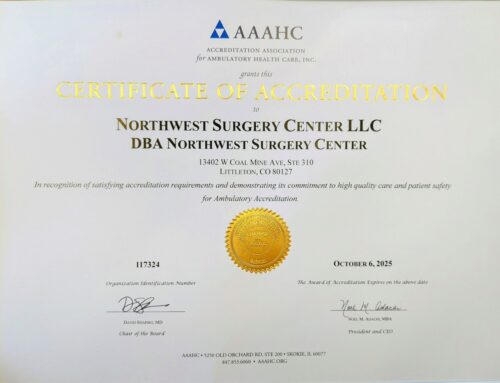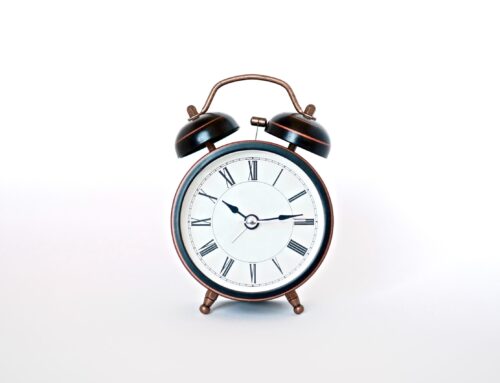Small things can cause big problems if left alone. That much is certainly true of bunionettes, or “tailor’s bunions,” as they’re sometimes known. What is a bunionette, exactly? It is a painful, bony lump that forms on the outside of the foot next to the small toe. While some people may at first choose to dismiss or ignore bunionettes, the truth is that they can become very painful and disruptive over time. Here, we’ll take a closer look at this condition, explain why bunionettes develop in the first place, and what you can do to protect your foot health:
How Do Bunionettes Form?
First, it’s important to note that bunions and bunionettes are very similar, with the exception of a few cosmetic differences. As such, it’s not surprising that bunionettes occur in the same basic way that bunions do – pressure placed on the foot over a long period of time that eventually leads to the formation of a painful, bony mass. This lump will cause the skin on the foot to thicken and for the foot to become misshapen.
Certain individuals may have a genetic predisposition to developing bunions. And individuals who wear tight-fitting shoes –– notably high heels –– are also much more likely to experience bunions.
In terms of bunionettes in particular, individuals who regularly place lots of pressure on the side of their foot by their small toe may be at risk for developing bunionettes. In fact, that’s how bunionettes earned the moniker “tailor’s bunions.” Because so many tailors had to sit cross-legged to perform their work, they eventually developed bunionettes on the side of their feet.
Preventing & Addressing Bunionette Pain
Individuals can take certain steps to prevent the formation of both bunions and bunionettes. Such measures include things like wearing comfortable footwear, stretching the feet and toes regularly, and avoiding placing pressure on the foot on a regular basis.
Still, it’s important to remember that anyone can develop a bunionette at any point in their life. (Though, bunionettes are considerably rarer than bunions.)
As we’ve touched on before, it may be tempting to simply ignore bunionettes when they first appear. Unfortunately, choosing to do so will often cause an individual to suffer through unnecessary pain. That’s because bunionettes and bunions tend to only worsen with time. And if left untreated long enough, they can become extremely painful and even debilitating in some instances.
Lastly, popular over-the-counter treatments like bunion sleeves, pads, and cushions are not designed to reverse or remove bunions or bunionettes. Rather, at best they will offer short-term pain relief and at worst, virtually no foot-health benefits.
Minimally Invasive Bunionette Surgery
Bunion surgery is the only way to remove bunions and bunionettes permanently and address bunion pain for good. Thankfully, minimally invasive bunionette surgery manages to remove painful bunionettes and ensure patients are able to return to daily life as soon as possible. This innovative, outpatient procedure acts to remove the bunionette and realign the foot. And, as opposed to traditional surgical methods, it is much less painful and requires much less recovery time. Patients who choose minimally invasive surgery may only need a few weeks to recover fully, whereas traditional surgery recovery can last in excess of six months.
Contact Us
Common foot conditions like bunionettes can become very problematic over time. Here at Northwest Surgery Center, we strive to offer meaningful solutions to those dealing with bunion pain. We have the skills, knowledge, and experience needed to ensure positive outcomes for all of our patients. Contact us here to learn more about our methods!





